Category Archives: Gardening And Landscaping
31 Cover Crops For Raised Beds

Planting cover crops for raised beds is a game changer if you grow vegetables or legumes. Cover crops help to enhance soil health, increase biodiversity, loosen soil structure, and sustainably boost crop yields. Also called green manure, planting cover crops on raised beds is helpful for small gardens and urban spaces. Crops like rye, barley, peas, and clover help fix nitrogen, add nutrients, and boost overall soil health.
42 Plants with Shallow Roots That Thrive in Shallow Soil
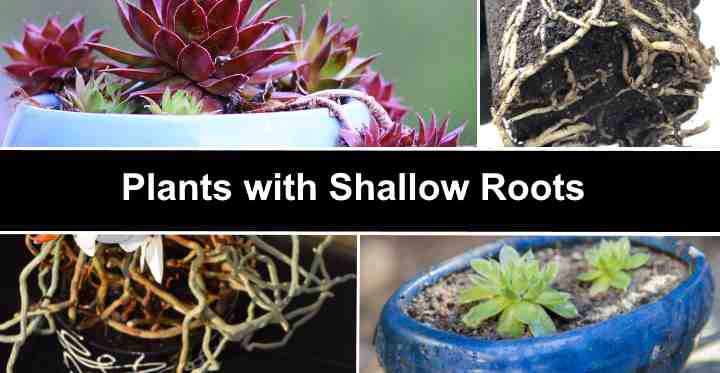
Plants with shallow roots are useful landscaping plants if areas of your garden lack deep soil. Shallow-rooted plants help to prevent soil erosion, suppress weeds, and stabilize the soil on slopes. Additionally, plants with shallow roots are ideal for ground cover, especially if your front or backyard has compacted or shallow soil.
35 Purple Leaf Plants (Including Plants with Purple and Green Leaves) – With Pictures
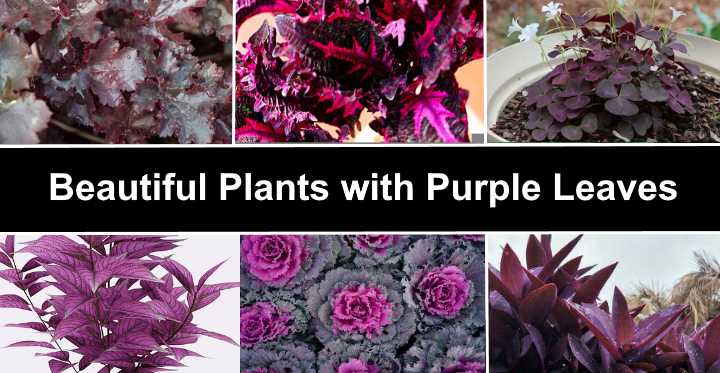
Purple leaf plants are perfect for adding vibrant color to garden landscapes or interior spaces. Purple-leafed plants can be eye-catching shrubs, trailing plants, leafy perennials, purple succulents, and annuals with dark-colored, dramatic foliage. In addition, plants with purple leaves stand out well with brightly colored flowers and add stunning contrast to green-leafed plants.
31 Plants With Heart Shaped Leaves: Visual Identification Guide

Plants with heart-shaped leaves are some of the most beautiful houseplants and garden plants you can grow. Attractive plants like hoyas, heartleaf philodendron, monstera, and string-of-hearts add a touch of beauty to gardens or indoor spaces. The heart-shaped leaves symbolize love, care, and dedication, adding visual appeal to any plant collection.
74 Types of Cactus With Pictures – Identification Guide (Indoors and Outdoors)
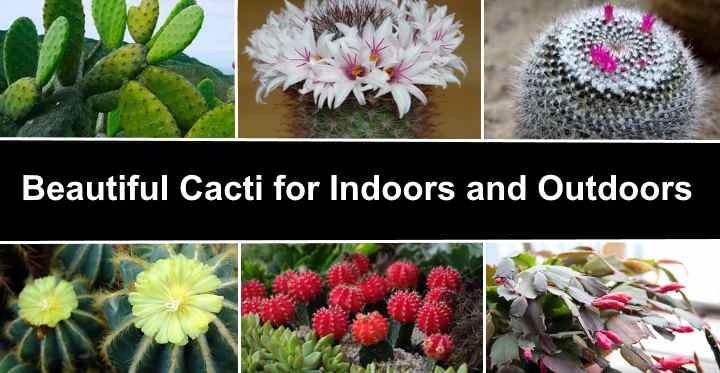
Many types of cactus plants are easy to grow and care for and can make great houseplants. There is a wide variety of cacti to choose from if you want to grow this type of plant. Cacti come in all shapes, sizes, and colors, and some house cacti look stunning when they flower. Lots of different types of cacti also thrive outdoors where the climate is hot and dry. Some cactus species also thrive in tropical climates where they require a warm humid environment.
36 Shrubs with Black Berries or Berry-Like Fruit
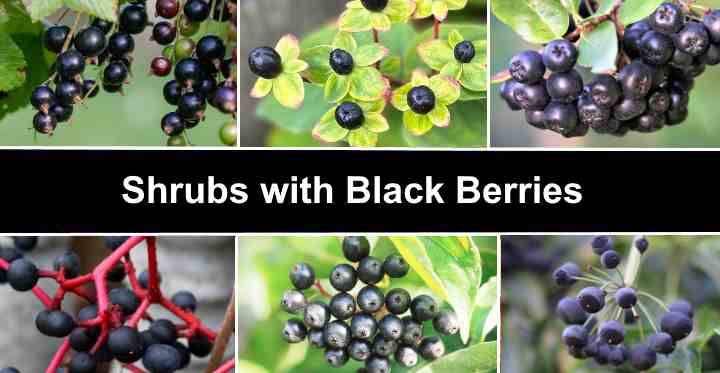
Growing shrubs with black berries is a great way to enhance your garden landscape. Shrubs with berry-like fruits add color, vibrancy, and textures to front or backyards. Additionally, some shrubs bearing black berries give you a tasty harvest when the fruit ripens in summer or fall. So what are the best shrubs with black berries for your landscape?
Cedar Mulch: Pros and Cons of Using It In Your Garden
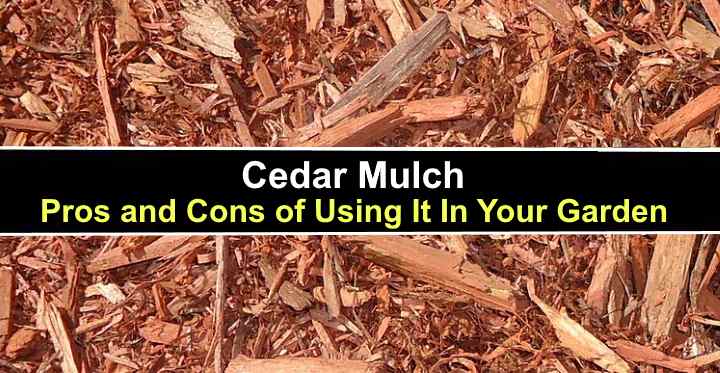
Cedar mulch is beneficial for gardens as it helps to keep the soil moist, manage soil temperature, control weeds, and retain nutrients. However, it’s worth noting that cedar mulch, made from the reddish-brown bark and shavings of cedar trees, has some drawbacks. It can be expensive and decomposes slowly. Considering these factors, you might wonder if cedar mulch is the right choice for your garden.
32 Shrubs and Trees with Purple Berries – Identification Guide (With Pictures)
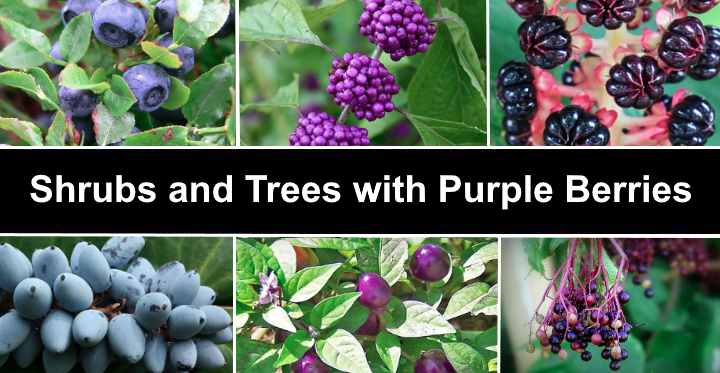
Trees and shrubs with purple berries can add a pop of color to your garden. Shrubs with purple berries like beautyberry, chokeberry, and viburnum are ideal for adding color and texture to a garden landscape. Also, trees with purple berries, like the American elderberry and serviceberry trees, add shade, beautiful flowers, and privacy to your front or backyard. Purple berries contrast with lush green foliage, providing stunning visual interest for your landscape.
Trees and Shrubs with White Berries – Identification Guide
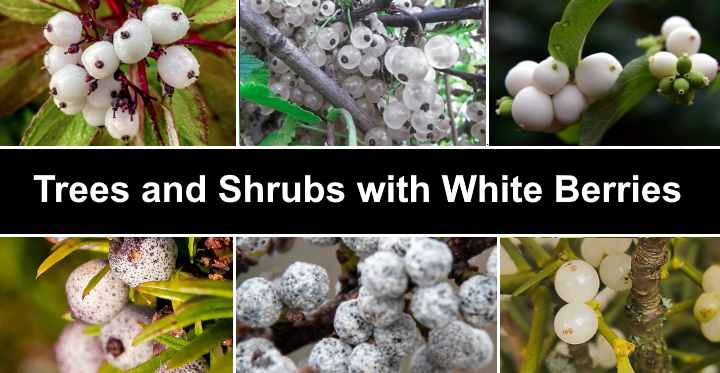
Trees and shrubs with white berries can add beauty and interest to gardens. White berries contrast nicely with the dark green foliage of many trees and shrubs. Shrubs with clusters of white fruits enhance the aesthetic appeal of garden landscapes. But they also provide vital food for wildlife and birds in late summer, fall, and winter. While some white berries on trees and shrubs are edible, you must be careful as many are poisonous to humans.
Trees and Shrubs with Yellow Berries
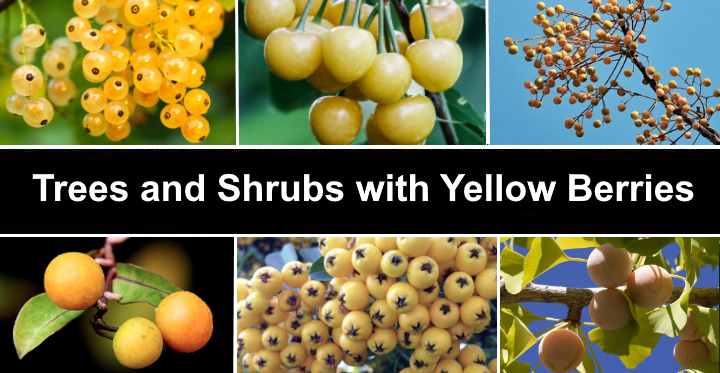
Trees and shrubs producing yellow berries enhance garden landscapes with vibrant, bright fruits. Typically growing in clusters, yellow berries contrast with dark green foliage on trees and shrubs. Additionally, shrubs and trees with yellow berries attract wildlife, providing birds a much-needed food source in fall and winter. Whether you choose a shade tree with yellow berries or a compact berry shrub with yellow fruits, these plants are ideal for landscaping a front or backyard.
